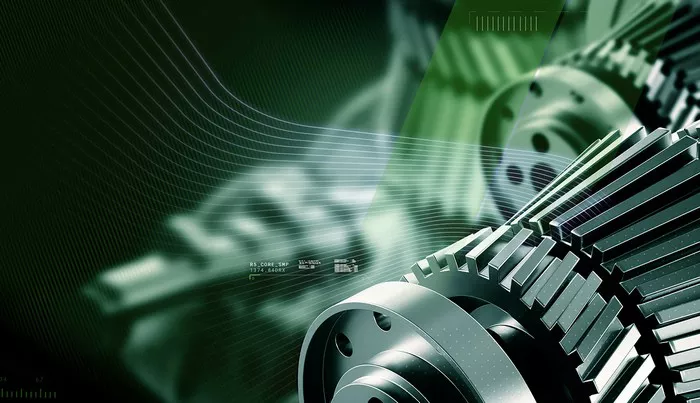Venus Aerospace, a cutting-edge startup developing the world’s most advanced hypersonic engine system, announced today the successful completion of a key technological advancement with NASA’s backing. This milestone brings the company one step closer to demonstrating its record-setting hypersonic engine in flight later this summer.
Supported by a Small Business Innovation Research (SBIR) award from NASA, Venus Aerospace utilized the funding to test innovative nozzle designs for its compact rocket engine. The nozzle, which shapes and directs the power generated by the engine, performed beyond expectations, paving the way for integration into Venus’s upcoming ground-based launch tests in the coming months.
“We’ve already proven that our engine outperforms traditional systems in both efficiency and size,” said Venus Aerospace CEO, Sassie Duggleby. “The technology we developed with NASA’s support will now be a core part of our integrated engine platform—moving us closer to proving that hypersonic flight can be efficient, compact, and affordable at scale.”
The engine powering Venus’s flight platform is a Rotating Detonation Rocket Engine (RDRE)—a technology long regarded as promising but never proven at a scalable level. Venus is the first U.S. company to make the RDRE flight-ready, revolutionizing propulsion by using supersonic shockwaves, or detonations, to generate more power with less fuel, in contrast to conventional rocket engines.
“This is just the beginning of what Venus propulsion technology can achieve,” said Andrew Duggleby, CTO of Venus Aerospace. “We’ve developed a compact, high-performance system that will unlock new levels of speed, range, and agility across aerospace, defense, and other sectors. We are confident in its readiness for flight.”
The upcoming flight this summer will mark a significant milestone, demonstrating the feasibility of efficient and affordable detonation-based propulsion at scale. With Venus’s proprietary intellectual property and impressive performance breakthroughs—such as its previously demonstrated efficiency ranking in the upper 90th percentile compared to standard rocket engines—this integrated system is now considered one of the most advanced in its field. And according to the company, more innovations are on the horizon.
In addition to its advancements in engine performance, Venus Aerospace has made significant strides in simplifying high-speed propulsion systems. Last fall, the company revealed a revolutionary engine system capable of takeoff, acceleration, and hypersonic cruise—powered by a single engine architecture. Unlike traditional high-speed systems that require multiple engines for different phases of flight, Venus’s approach reduces cost, weight, and complexity, providing a vehicle that can accelerate from a runway to Mach 5+ without needing to switch engines.
This breakthrough offers major advantages in speed, range, reusability, and cost-effectiveness, positioning Venus Aerospace as a leader in the future of hypersonic flight.

